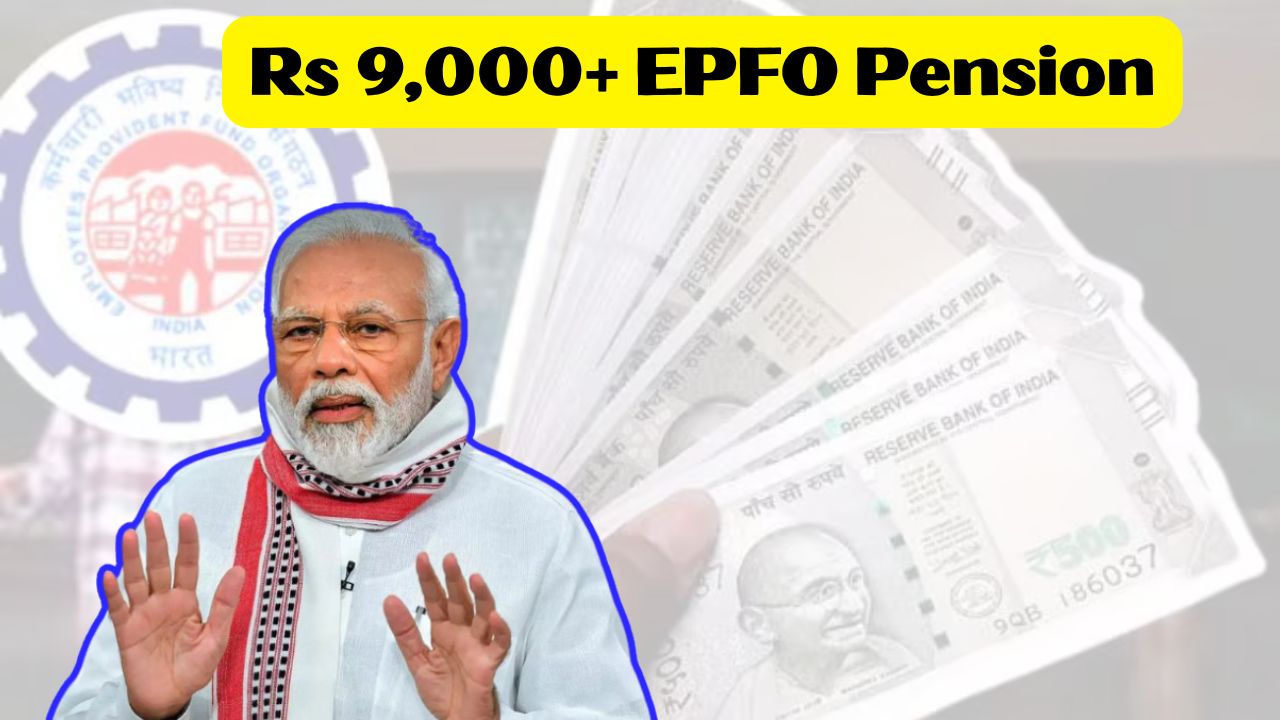In a move that could dramatically change the post-retirement landscape for private sector employees in India, the Employees’ Provident Fund Organisation (EPFO) has opened the door for pensions exceeding Rs 9,000 per month. This development comes as a result of recent legal clarifications and policy updates regarding the Employees’ Pension Scheme (EPS) and higher pension eligibility. Here’s everything you need to know.
Understanding the Employees’ Pension Scheme (EPS)
The EPS, managed by EPFO, was established in 1995 to provide pensions to private sector employees after retirement. Contributions to the EPS are made by both employers and employees, but only a portion of the employer’s contribution goes toward the pension fund. Traditionally, the pension payout from EPS has been considered modest, often ranging between Rs 1,000 and Rs 3,000 per month.
However, with evolving labor policies and recent Supreme Court verdicts, there is now a clear path for private employees to opt for a higher pension, potentially exceeding Rs 9,000 per month.
The Supreme Court Verdict That Changed Everything
In November 2022, the Supreme Court of India delivered a landmark ruling allowing eligible private sector employees to opt for a higher pension under the EPS. Previously, the EPFO capped the pensionable salary at Rs 15,000 per month for calculating pension contributions. But the court ruled that employees who had contributed on higher actual salaries should be allowed to receive pensions accordingly.
This decision created a wave of interest among private sector workers, especially those nearing retirement or already retired, who had previously contributed more than the mandated cap.
Who Can Opt for the Higher Pension?
To qualify for the enhanced pension, employees must have contributed to the EPF on their actual full salaries rather than the capped amount. Additionally, they must have exercised the joint option along with their employer before the cutoff dates specified by the EPFO in line with Supreme Court directions.
The EPFO has also issued several circulars outlining eligibility and application procedures for pension enhancement. Those who had missed opting in earlier but meet the eligibility criteria may still be allowed to submit a joint option form, subject to scrutiny and compliance.
How the Pension Amount Reaches Rs 9,000+
With higher contributions being considered, the formula used by EPFO to calculate monthly pensions changes significantly. Instead of calculating the pension on a notional cap of Rs 15,000, the revised amount is based on the actual basic salary at the time of retirement, and the number of years of service.
For example, an employee retiring after 30 years of service with a basic salary of Rs 50,000 per month could now be eligible for a pension exceeding Rs 9,000—potentially reaching Rs 12,000–Rs 15,000 in some cases, depending on the salary history and contribution consistency.
Deadline and Process for Application
The EPFO has rolled out an online facility to apply for higher pensions. Eligible employees and pensioners must log in to the EPFO unified portal and submit their joint option form along with supporting documents such as payslips, PF account statements, and employer certifications.
The deadline for submission has been extended multiple times to accommodate verification delays and public demand, with the latest window expected to close soon. Applicants are advised to act promptly and consult their HR or EPFO regional offices if needed.
Financial and Social Implications
A higher monthly pension means improved financial security for private sector retirees, who often lack the benefits of government pensions. This could reduce dependency on family members, lower old-age poverty rates, and increase economic participation by the elderly population.
From a macroeconomic perspective, this move might prompt employers to revisit salary structures and PF compliance, potentially leading to more transparency and better financial planning across sectors.
What This Means for the Private Sector Workforce
This policy shift is a watershed moment for millions working in the private sector. It levels the retirement benefits playing field somewhat between public and private sector employees and acknowledges long-standing demands for fair post-retirement income.
Young professionals and mid-career employees may now feel encouraged to stay longer with their employers, knowing that their pension prospects have improved. Moreover, it could also increase enrollment and compliance with provident fund rules across small and mid-sized companies.




